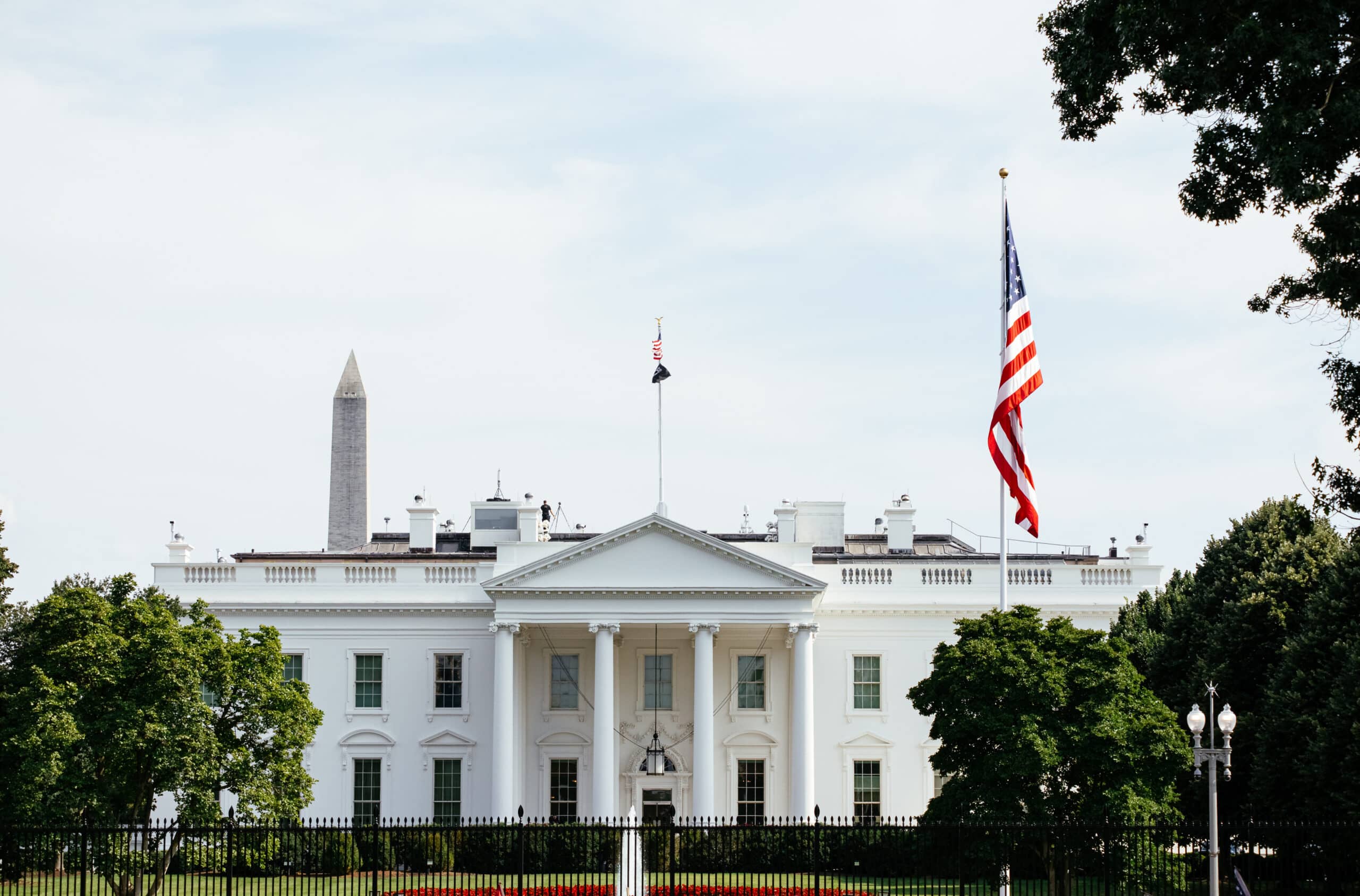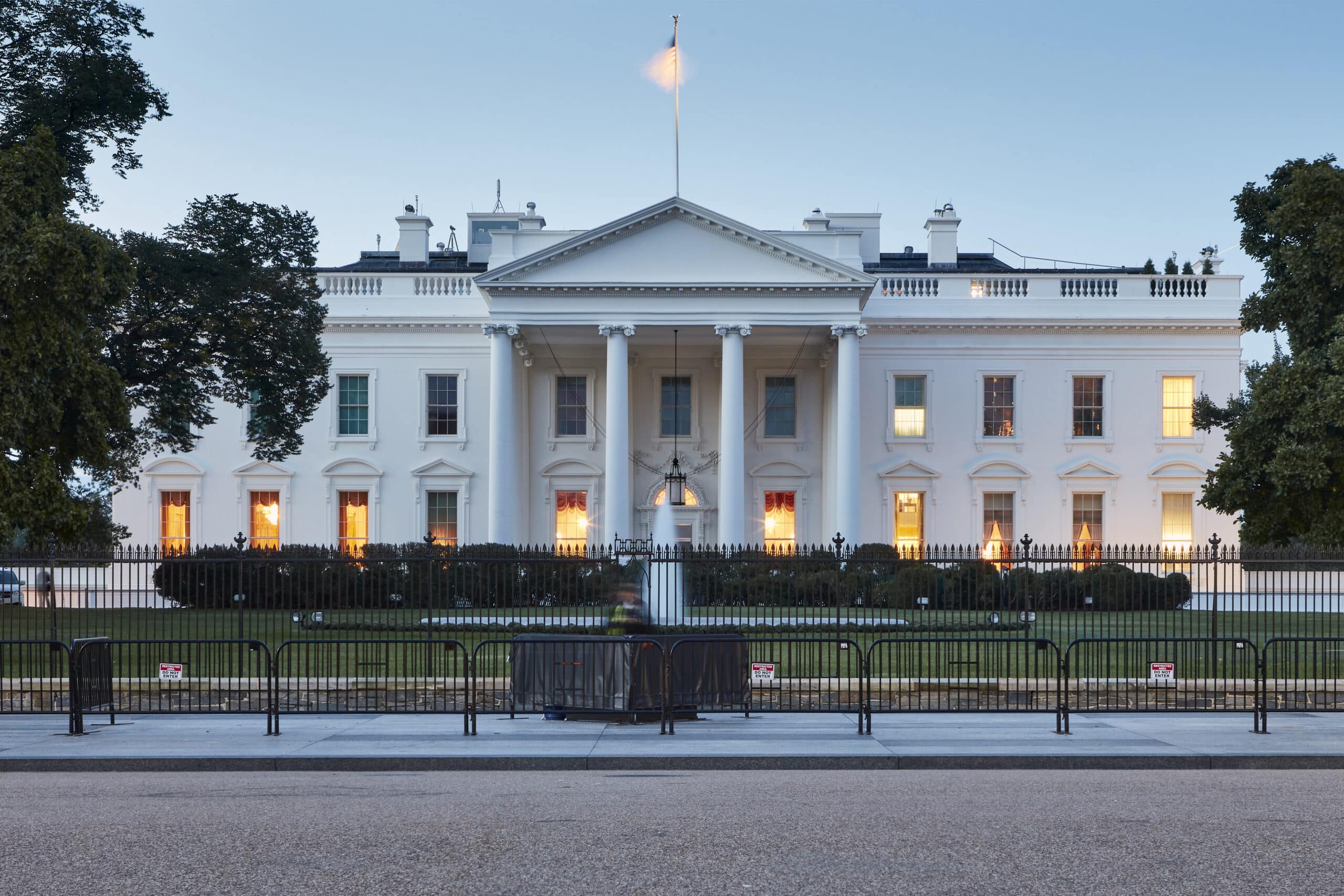Trust Lags Behind Use — Social Media Top News Source Despite Low Public Confidence
An April survey conducted by Emerson College Polling gauged U.S. residents’ trust in information, traditional and social media use, and attitudes toward notable media figures. The survey found U.S. adults have the most trust in local news (72% great deal / fair amount of trust) followed by national news organizations (62% great deal / fair amount), while 47% have a great deal or fair amount of trust in information from the Trump administration, and 46% have a great deal or fair amount of trust in social media.
“Despite being the least trusted source, social media or YouTube is the main news source for 37% of Americans—and 64% of those under 30,” Spencer Kimball, executive director of Emerson College Polling, said.
“Emerson College students helped design and study this national survey as part of a course on survey research, to gain insight on how U.S. adults consume news, and how much trust they have in these platforms and institutions,” Camille Mumford, Affiliated Professor of Political Communication and Director of Communications at Emerson College Polling, said.
The main sources of news for Americans include social media or YouTube (37%), ABC, CBS, or NBC (17%), FOX News (8%), local news (8%), CNN or MSNBC (6%), newspapers like New York Times/Wall Street Journal (2%), and public television (2%).
A majority (56%) say that in the past few months, they have not encountered news about current events that they thought was true, but later found out to be incorrect or fake, while 44% say they have.
- Over half (52%) of Republicans say they have believed news about current events to be true that they later discovered was incorrect, compared to 46% of Democrats and 37% of independent voters.
- Social media users are much more likely to report initially believing news they later found out to be incorrect at 46%, compared to 16% of people who never use social media.
YouTube is the most used social media platform among respondents with 70% currently using it, followed by Facebook (68%), Instagram (45%), TikTok (39%), X/Twitter (29%), Pinterest (22%), Snapchat (19%), and Reddit (17%).
Americans believe that social media platforms are most responsible for the creation of ‘fake news’ or disinformation at 19%, followed by TV and cable news networks (19%), special interest groups (15%), politicians and elected officials (15%), and ordinary people (13%).
Most social media users (61%) say they do not follow any influencers who discuss current events or news.
Fifty-six percent of social media users have never made a purchase based on recommendations seen on social media, while 44% have.
- 73% of adults under 30 have made a purchase based on recommendations from social media, compared to just 36% of people over the age of 30
- 70% of people who follow an influencer on social media have also made a purchase based on recommendations seen on social media
Thirty-two percent of social media users find AI-generated fact-checking services to be somewhat (22%) or very (10%) trustworthy, while 17% say they are not too trustworthy and 11% think they are not trustworthy at all; 41% are unsure.
- Older and younger Americans are more likely to say AI-generated fact-checking services are not trustworthy, at 38% of respondents over the age of 60 and 35% of those under 25.
- More than half (53%) of respondents in their late 20s say the fact-checking services are trustworthy.
Half of respondents favor social media platforms labeling all AI-generated content shared on their sites, 34% neither favor nor oppose such labeling, and 16% oppose.
- Support for labeling AI-generated content generally increases with social media use: 38% of those who never use social media favor AI labels, while 55% of those who use it at least a few times per day favor them.
Respondents were presented with a series of individuals and organizations and asked how favorably or unfavorably they view them.
Methodology
The Emerson College Polling survey of U.S. adults was conducted April 6-8, 2025. The sample consists of n=1,000 adults in the U.S.. The data sets were weighted by gender, education, race, age, and region based on U.S. Census parameters. Survey questions were drafted with Emerson College class CC303 Survey Research Methods, as part of their final project.
It is important to remember that subsets based on demographics, such as gender, age, education, and race/ethnicity, carry with them higher credibility intervals, as the sample size is reduced. Survey results should be understood within the poll’s range of scores, and with a confidence interval of 95% a poll will fall outside the range of scores 1 in 20 times.
Data was collected by contacting an online panel of residents provided by CINT. Panel responses were matched to the Aristotle file using respondents’ full name and ZIP code. The survey was offered in English.
All questions asked in this survey with the exact wording, along with full results, demographics, and cross tabulations can be found under Full Results. This survey was funded by Emerson College.







